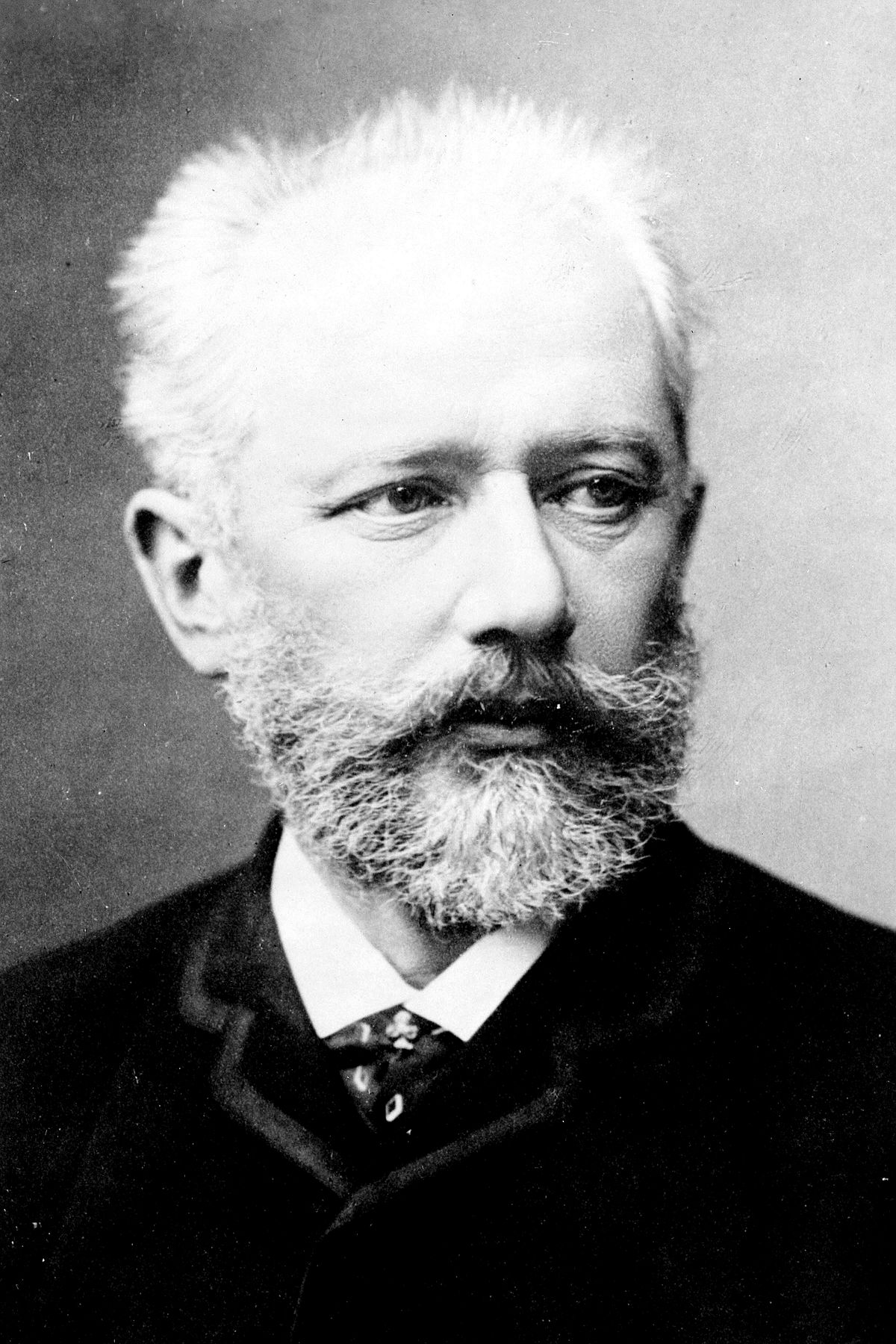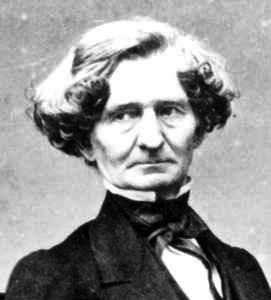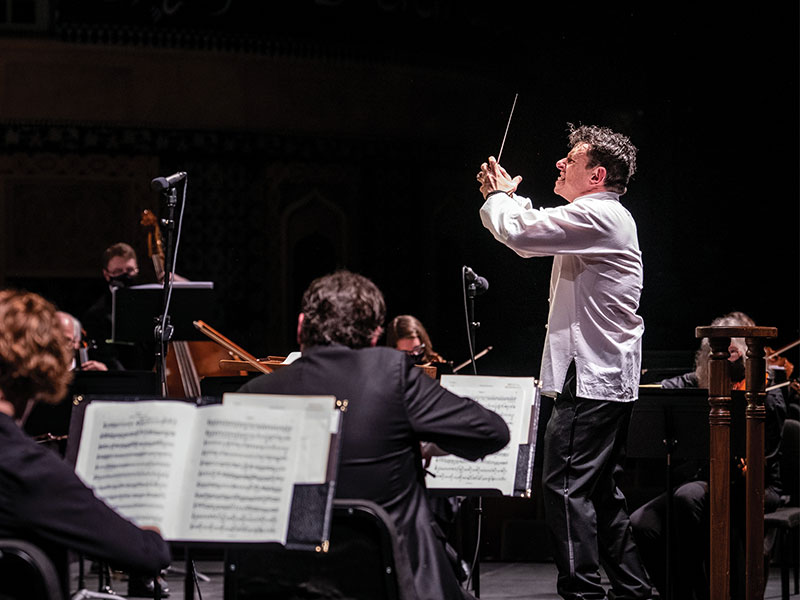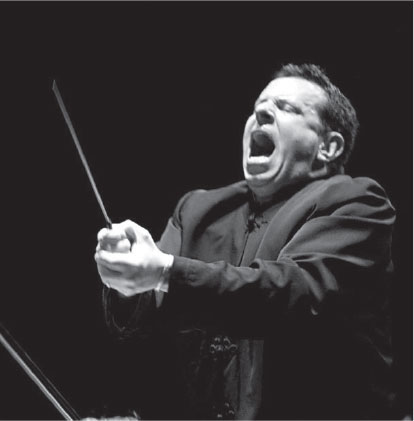Saturday, 26 February 2022
7:30 p.m. MST
Helena Civic Center
Watch live on YouTube.
Saturday, 26 February 2022
Fall in love with the iconic, beautifully tragic story of Romeo & Juliet, and then journey from the ecstatic highs of romantic obsession and unrequited love to the deepest lows of betrayal in Berlioz’s bombastic Symphonie fantastique.
Currently in his nineteenth season as Music Director of the Helena Symphony Orchestra & Chorale, Maestro Allan R. Scott is recognized as one of the most dynamic figures in symphonic music and opera today. He is widely noted for his outstanding musicianship, versatility, and ability to elicit top-notch performances from musicians. SYMPHONY Magazine praised Maestro Scott for his “large orchestra view,” noting that “under Scott’s leadership the quality of the orchestra’s playing has skyrocketed.”
Keeping You Safe in the Concert Hall
Due to the recent increase in COVID-19 cases and new variants emerging in Lewis and Clark County and the United States, the Helena Symphony will take necessary precautions to keep our musicians, staff, and audience protected. The Helena Symphony will continue to follow CDC guidelines throughout Season 67 and monitor the daily transmission rates within our county. When the transmission rate is high or substantial, audience members will be required to wear a mask while in the concert hall. On concert nights when the transmission is moderate or low, individuals will be encouraged to wear a mask, but are not required to do so.
Each member of the Helena Symphony Orchestra & Chorale will be tested prior to rehearsals and prior to each concert. This will ensure each musician present on stage is negative for COVID-19. The Helena Symphony will continue to work closely with the county health department and the city of Helena throughout the Season to ensure the safety of our musicians, staff, and audience. If you have questions about how the Helena Symphony will be adapting to the evolving COVID-19 situation this Season, please call our office at 406.442.1860.
About the Program – By Allan R. Scott ©

Parallel Events / 1869
Wyoming gives women the right to vote and hold public office
Ulysses S. Grant becomes the 18th U.S. President
Nevada legalizes gambling
Brahms composes his German Requiem
Degas paints Madame Camus at the Piano
Gandhi and architect Frank Lloyd Wright are born
Former U.S. President Franklin Pierce and Composer Hector Berlioz die
Cincinnati Red Stockings becomes first professional baseball team
Carbon paper is invented
PETER ILYICH TCHAIKOVSKY
Born: Kamsko-Votkinsk, Russia, 7 May 1840
Died: St. Petersburg, Russia, 6 November 1893
Romeo and Juliet (Overture – Fantasy)
Romeo and Juliet is scored for piccolo, two flutes, two oboes, English horn, two clarinets, two bassoons, four horns, two trumpets, three trombones, tuba, timpani, bass drum, cymbals, harp, and divided strings.
Duration: 20 minutes
Amazingly, the first performance of Romeo and Juliet was a failure. The work has now long been accepted as one of the first works in which Tchaikovsky found his creative voice.

Parallel Events / 1830
U.S. President Andrew Jackson signs Indian Revolt Act into law
First U.S. Railroad opens in Baltimore
The Mormon Church is founded by Joseph Smith
William IV is crowned king in the United Kingdom
The poem “Mary Had A Little Lamb” is published
Poet Emily Dickinson, painter Camille Pissaro, and U.S. President Chester Arthur are born
British King George IV dies
Ketchup is commercially bottled
HECTOR BERLIOZ
Born: La Côte-Saint André, France, 11 December 1803
Died: Paris, France, 8 March 1869
Symphonie fantastique, Op. 14 (Episode in the Life of an Artist)
The Symphonie fantastique is scored for piccolo, two flutes, two oboes, English horn, two clarinets, two E-flat clarinets, four bassoons, four horns, two cornets, two trumpets, three trombones, two tubas, four timpanists, bass drums, cymbals, chimes, two harps, and divided strings
Duration: 50 minutes






